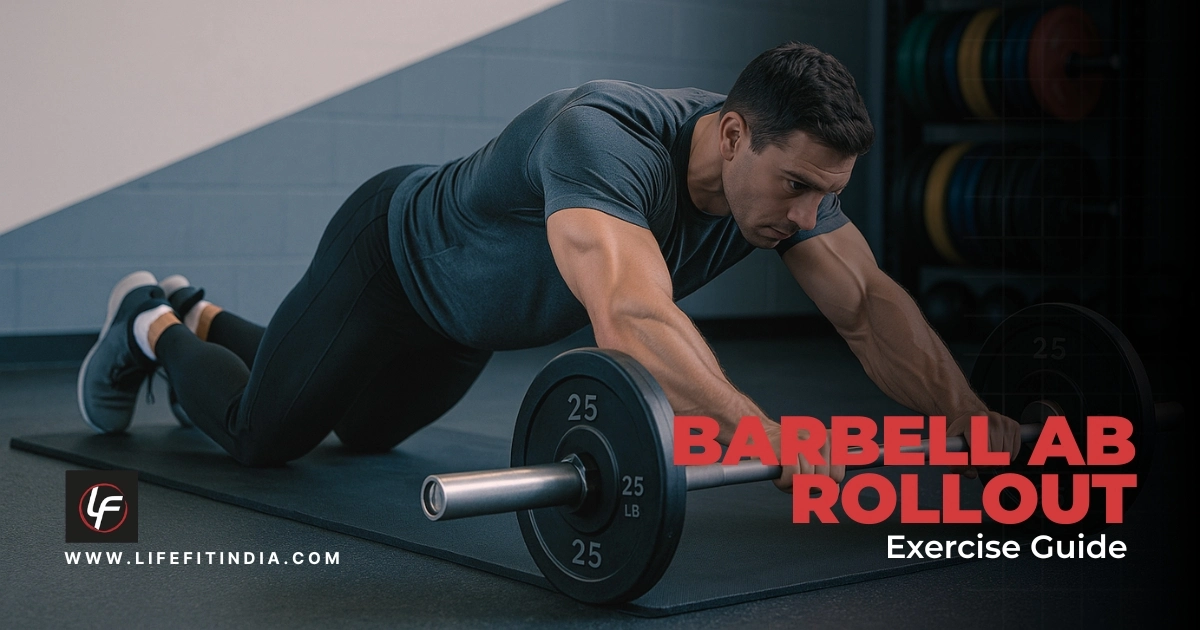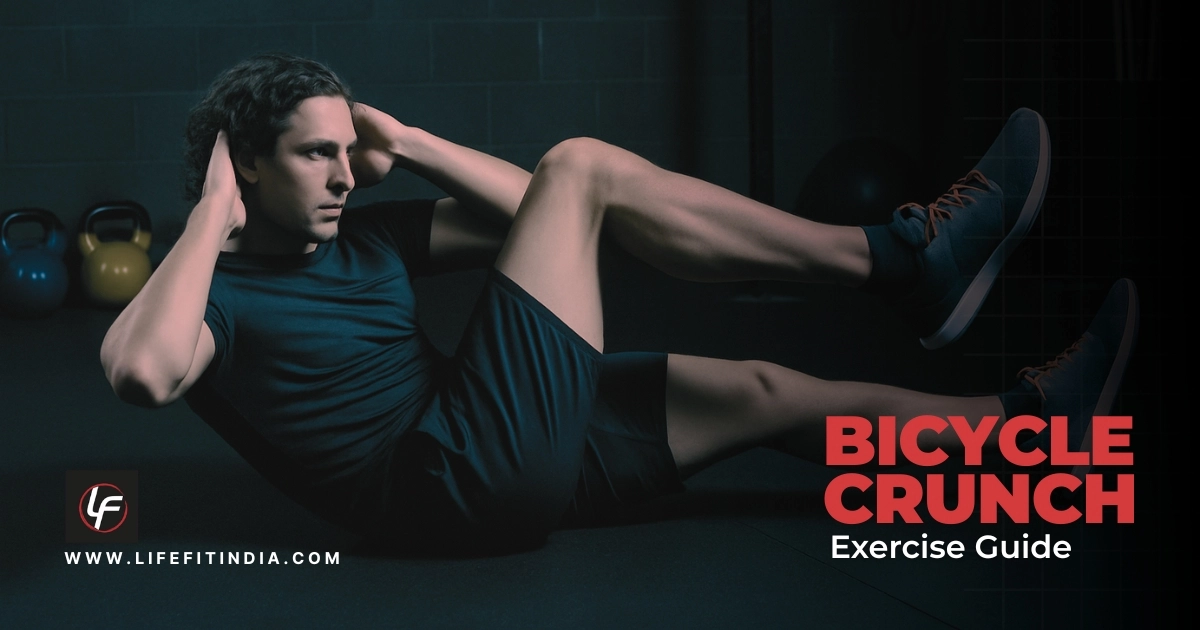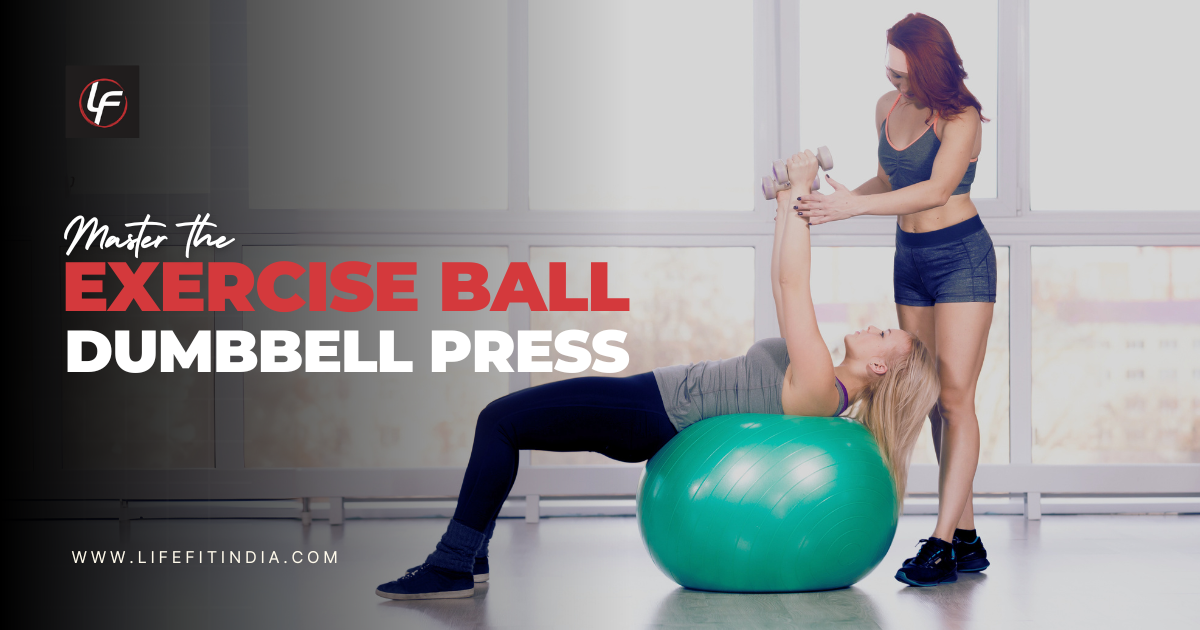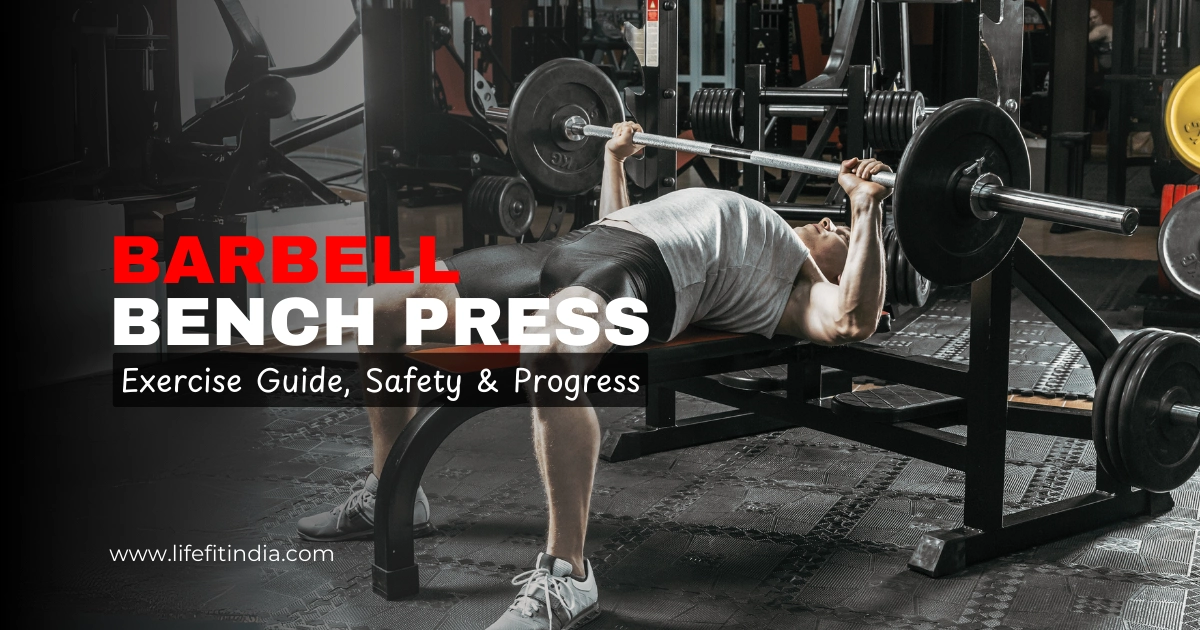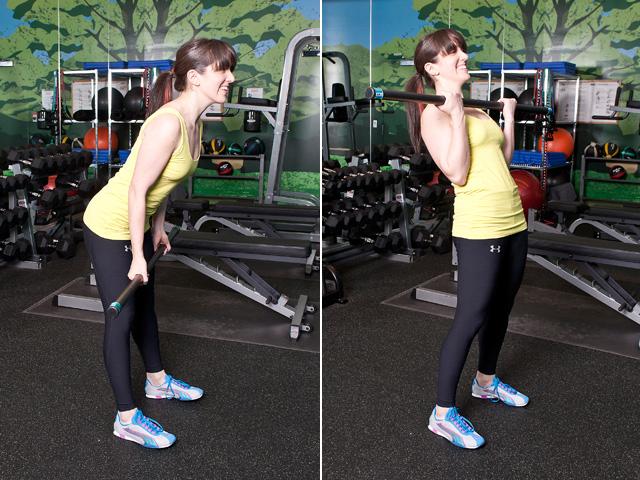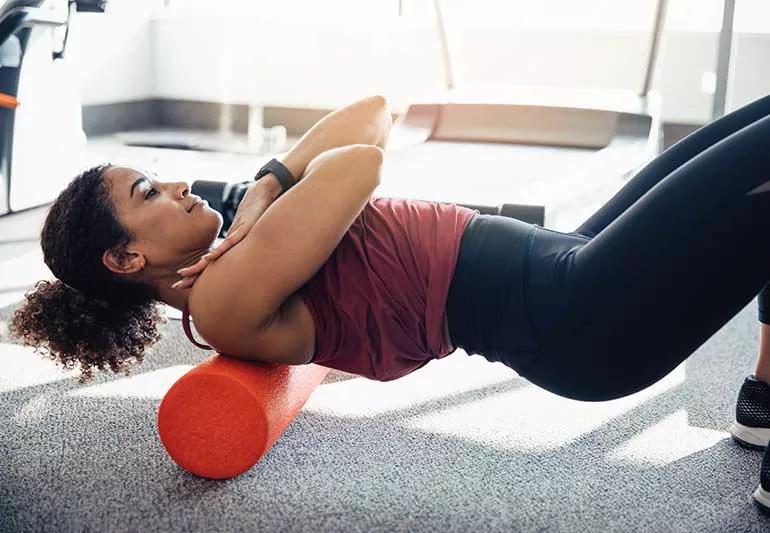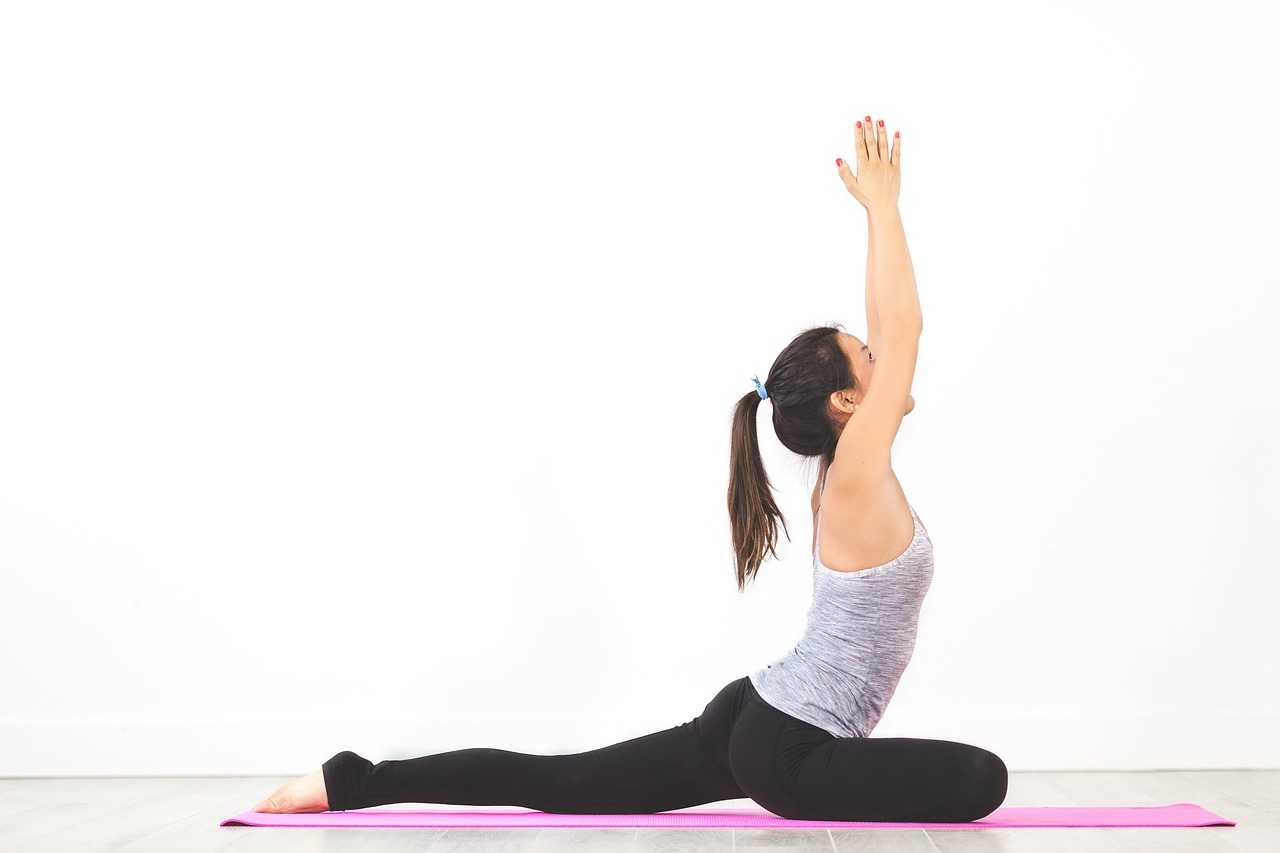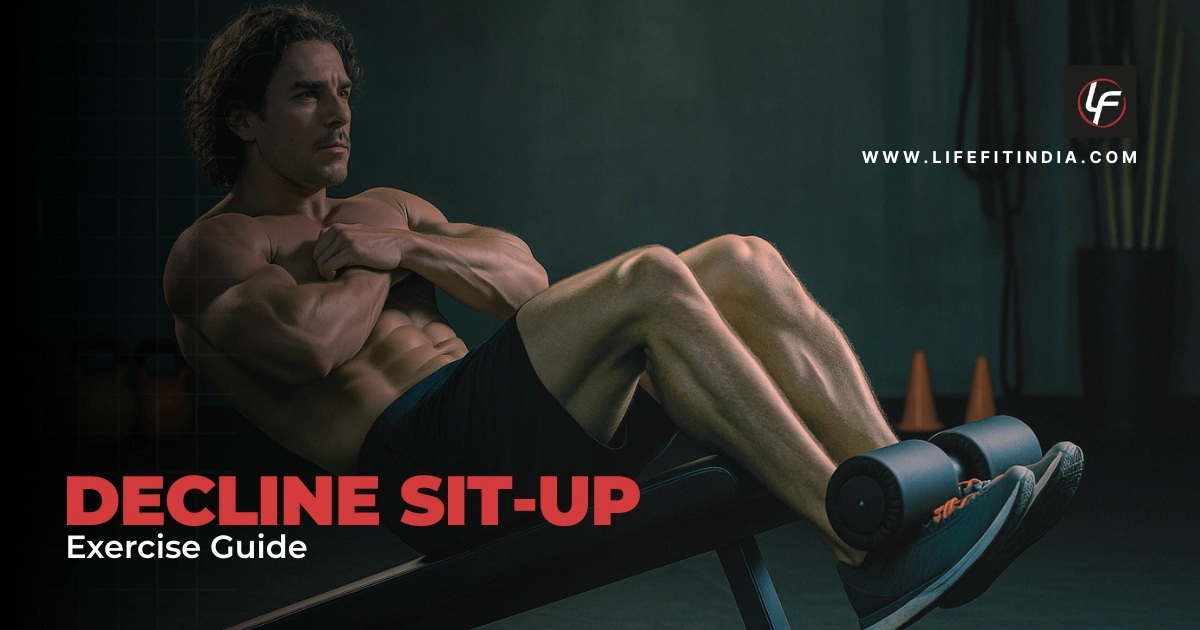
To build a strong and defined core, you need effective exercises that challenge your abdominal muscles. The decline sit-up is a powerful movement, but it is often performed incorrectly.
This guide provides a complete, science-backed approach to help you master the decline sit-up safely and effectively. We will explore the correct form, benefits, and common mistakes to unlock the full potential of this core-strengthening exercise.
What is a Decline Sit-Up?
A decline sit-up is an advanced abdominal exercise performed on a bench set to a downward angle. By securing your legs and positioning your torso on a decline, you increase the range of motion and the gravitational resistance your muscles work against.
This specific setup leads to greater muscle activation when compared to a traditional sit-up exercise on a flat surface. The exercise requires an olympic decline weight bench to ensure proper form and stability.
Decline Sit-Up: Muscles Worked
This exercise effectively targets several key muscles in your core. The primary and secondary movers include:
- Primary Mover: Rectus Abdominis, commonly known as the “six-pack” muscle, which is responsible for flexing the spine.
- Secondary Movers: The Transverse Abdominis and the Internal and External Obliques, which are crucial for stabilization.
- Involved Muscles: The Hip Flexors, including the Iliopsoas and Rectus Femoris, also assist in the movement.
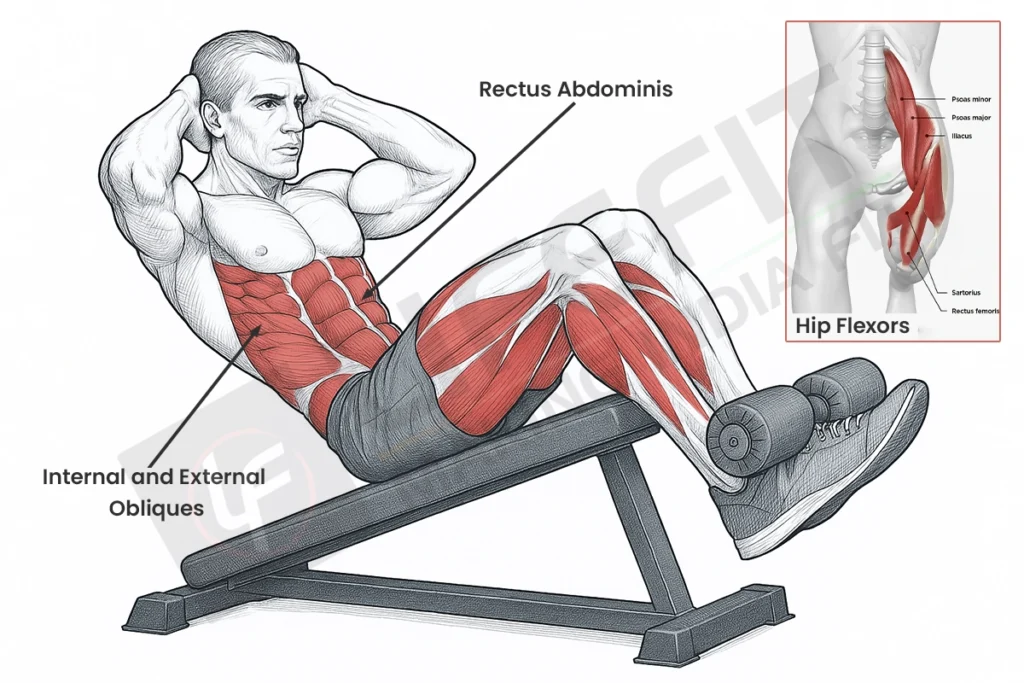
Electromyography (EMG) studies, which measure muscle activity, confirm the effectiveness of exercises that challenge the core.
A study published in the Journal of Human Kinetics found that dynamic abdominal exercises generated significant activation in the rectus abdominis and external obliques.
This confirms that movements like the decline sit-up are effective for engaging these key muscles.
5 Science-Backed Benefits of the Decline Sit-Up
Incorporating decline sit-ups into your routine offers several distinct advantages.
- Increased Muscle Activation and Hypertrophy: The extended range of motion and constant tension placed on the abdominal wall can lead to superior muscle growth.
- Enhanced Core Strength and Stability: A strong rectus abdominis is vital for a stable trunk, which is essential for athletic performance and injury prevention. Research from the Journal of Strength and Conditioning Research highlights that core stability is crucial for preventing the loss of force through the torso, allowing for more powerful movements in sports and daily life.
- Improved Range of Motion: Unlike a standard crunch, the decline sit-up allows for full spinal flexion and extension, which can improve flexibility in your core.
- Greater Training Versatility: You can easily increase the difficulty of the exercise by holding a weight plate or a dumbbell, allowing for progressive overload.
- Improved Posture: By strengthening the core muscles, this exercise can help improve your posture and reduce the likelihood of lower back pain.
How to Do a Decline Sit-Up: Step-by-Step Form Guide
Proper form is critical for maximizing benefits and preventing injury. Follow these steps for correct execution on an adjustable gym bench.
- The Setup Securely lock your legs into the bench’s pads. Set the bench at a slight decline, around 15 to 20 degrees for beginners. Lie back on the bench with your hands crossed over your chest or placed lightly beside your head. Avoid pulling on your head or neck.
- The Ascent Exhale and engage your abdominal muscles to curl your torso upwards. Focus on using your abs to initiate the movement rather than jerking your upper body.
- The Peak Contraction Pause briefly at the top of the movement. Squeeze your abdominal muscles to ensure full engagement.
- The Descent Inhale as you slowly and deliberately lower your torso back to the starting position. This controlled negative phase is just as important as the upward movement.
3 Common Decline Sit-Up Mistakes (And How to Fix Them)
Avoiding these common errors will ensure you perform the exercise safely and effectively.
- Using Momentum & Jerking the Neck: Many people use momentum to swing their torso up. This reduces the work your abs do and can strain your neck.
- Fix: Keep your hands crossed on your chest and concentrate on a smooth, controlled tempo.
- Excessively Rounding the Lower Back: While some spinal flexion is necessary, excessive rounding can place high compressive forces on the lumbar spine. Landmark research on spinal biomechanics has shown that sit-ups can generate significant lumbar compression.
- Fix: Maintain a relatively neutral spine at the start and focus on initiating the curl with your upper abs to minimize excessive lumbar strain.
- Letting Hip Flexors Dominate the Movement: Over-reliance on the hip flexors can minimize abdominal engagement and may lead to strain. The American Council on Exercise (ACE) has highlighted the importance of proper form to ensure the abdominal muscles are the prime movers, rather than the hip flexors.
- Fix: Actively press your lower back towards the bench and concentrate on pulling your ribcage toward your pelvis.
Decline Sit-Up vs. The Alternatives: Which is Best for You?
Understanding how decline sit-ups compare to other core exercises can help you choose the right movements for your fitness goals and needs.
| Exercise | Primary Muscle Target | Difficulty Level | Potential Spinal Load | Equipment Needed |
|---|---|---|---|---|
| Decline Sit-Up | Rectus Abdominis | Intermediate-Advanced | Moderate | Decline Bench |
| Cable Crunch | Rectus Abdominis | Intermediate | Low | Cable Machine |
| Hanging Leg Raise | Lower Abs, Hip Flexors | Advanced | Low-Moderate | Pull-up Bar/Captain’s Chair |
| Plank | Transverse Abdominis (Core Stabilization) | Beginner-Intermediate | Low | None |
For those looking to build visible “six-pack” abs, the decline sit-up and cable crunch are excellent choices. If you want to focus on lower abs with less spinal flexion, the hanging leg raise is a superior option. For building foundational core stability with minimal spinal movement, the plank is ideal.
How to Program Decline Sit-Up in Your Workout
You can tailor your sets and reps to align with your specific fitness objectives.
- For Muscular Endurance: Aim for 3-4 sets of 15-20 repetitions.
- For Strength & Hypertrophy: Perform 3-4 sets of 8-12 repetitions, adding weight as needed to maintain the challenge.
It is best to perform abdominal exercises 2-3 times per week, typically at the end of your workout routines.
Frequently Asked Questions (FAQ)
Are decline sit-ups bad for your back?
They can be if performed with poor form or by individuals with pre-existing back issues. The key is to maintain control and avoid excessive rounding of the lower back, as detailed in the “Common Mistakes” section.
Can you do decline sit-ups without a bench?
You can try by securing your feet under a heavy sofa or with a partner, but a dedicated decline bench provides far superior stability, safety, and proper positioning.
How steep should the decline be?
Beginners should start with a low angle of 15-20 degrees. As your strength increases, you can gradually increase the decline to make the exercise more challenging.
{
“@context”: “https://schema.org”,
“@type”: “FAQPage”,
“mainEntity”: [
{
“@type”: “Question”,
“name”: “Are decline sit-ups bad for your back?”,
“acceptedAnswer”: {
“@type”: “Answer”,
“text”: “
They can be if performed with poor form or by individuals with pre-existing back issues. The key is to maintain control and avoid excessive rounding of the lower back, as detailed in the \”Common Mistakes\” section.
”
}
}
, {
“@type”: “Question”,
“name”: “Can you do decline sit-ups without a bench?”,
“acceptedAnswer”: {
“@type”: “Answer”,
“text”: “
You can try by securing your feet under a heavy sofa or with a partner, but a dedicated decline bench provides far superior stability, safety, and proper positioning.
”
}
}
, {
“@type”: “Question”,
“name”: “How steep should the decline be?”,
“acceptedAnswer”: {
“@type”: “Answer”,
“text”: “
Beginners should start with a low angle of 15-20 degrees. As your strength increases, you can gradually increase the decline to make the exercise more challenging.
”
}
}
]
}
What are your favorite tips for the decline sit-up? Share them with the community!
The post Decline Sit-Ups: The Ultimate Guide to Form, Benefits, and Safety appeared first on Life Fit India.




